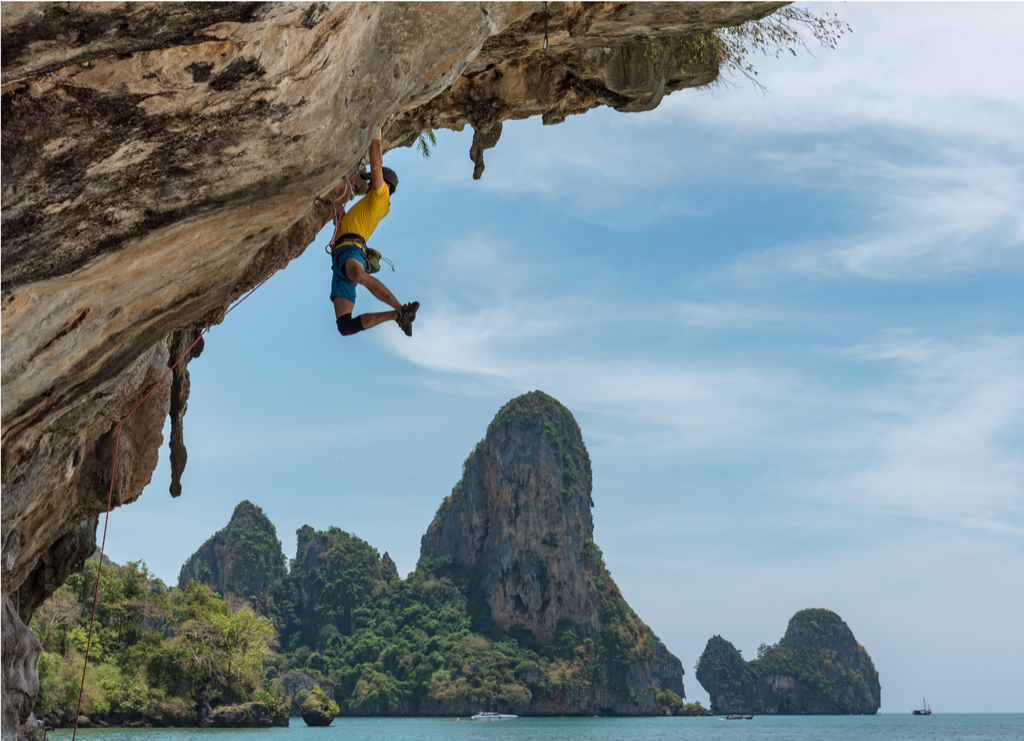Beast Fingers Climbing in Colorado advocates using Dragon's Blood to optimise skin condition for rock climbing. Here's what they have to say about it on their blog:
Maintaining skin care is crucial to climbing, and it is the most worried about. Over the last year I have been able to play around with many different skin solutions, but my needs have been maintaining my calluses when I’m not climbing. Antihydral is great, but it’s tricky to work with, and if you use too much of it you have a problem. Rhino Skin is also great, but It doesn’t accomplish what I’m looking for.
The one solution that I loved the most is, Dragon’s Blood. Weird name, it has. Dragon's blood comes from the sangre de drago, a tree found in the Amazon rain forest, which can grow to a height of 90 feet. When the trunk of the tree is cut, it bleeds a bright red, resinous sap, giving dragon's blood its distinctive name.
Outside of being an action medicinal herb, Over the past 20 years, Dragon’s Blood has been studied by academia for it’s properties, and potential use for healing and cures. This red substance functions as a skin layer of defense by drying over the hand. Studies have shown that the sap is rich in protective antioxidant phenols, and anti-inflammatory compounds. Due to these compounds, Dragon’s blood sap helps to regenerate and protect the cells of the skin. It also contains a group of compounds called proanthocyanidins, which actually repair collagen, the lattice-like main protein that makes up much of our tissues.
When you first apply it to your skin, it is a thick red substance. As you begin to rub your hands together, it turns to a white substance which eventually dries within 5-6 seconds, into a hard protective layer over your skin. It’s great for use after showers, washing dishes, or hanging out in the jacuzzi. I apply every night before sleeping. One thing to note, unlike Antihydral, it’s not water proof. But it’s all natural, Organic, and toxic-free.
As you begin to build callus, you will find that your pain tolerance is higher. Since you will have a layer of protection between the climbing hold and your epidermis. And we have seen through our small case study that this has resulted in higher max Grippul hangs, and improved climbing on sharp holds.



Leave a comment: